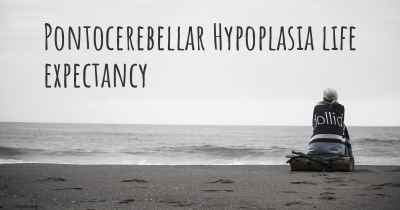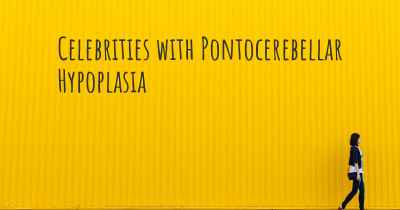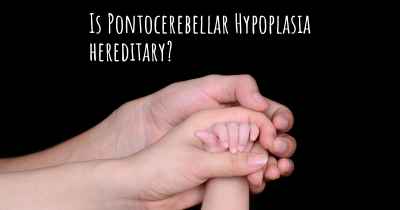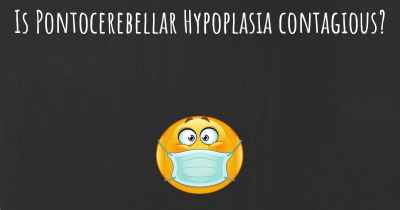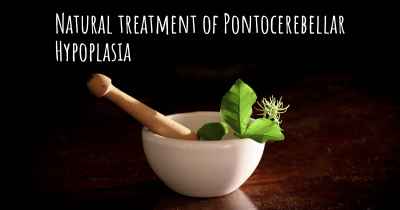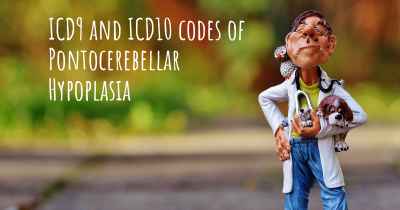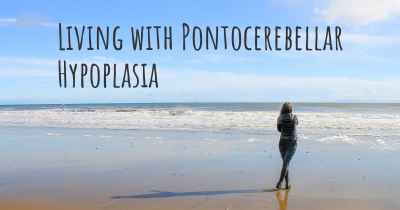Is it advisable to do exercise when affected by Pontocerebellar Hypoplasia? Which activities would you suggest and how intense should they be?
See if it is advisable for people with Pontocerebellar Hypoplasia to practice sports and which ones are the most recommended if you have Pontocerebellar Hypoplasia
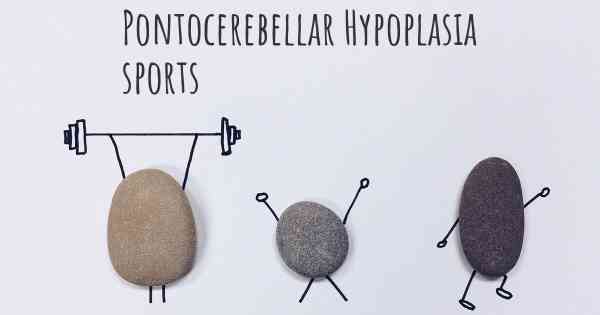
Pontocerebellar Hypoplasia (PCH) is a rare genetic disorder that affects the development of the brain, specifically the pons and cerebellum. It can lead to various neurological symptoms, including motor impairments and muscle weakness. While exercise can be beneficial for overall health and well-being, it is important to approach it with caution when affected by PCH.
Consulting with a healthcare professional is crucial before starting any exercise regimen, as they can provide personalized guidance based on the individual's specific condition and limitations. They will consider the severity of the symptoms, overall health, and any other medical conditions that may be present.
When it comes to exercise for individuals with PCH, low-impact activities that focus on improving flexibility, strength, and balance are generally recommended. These activities can help maintain muscle tone, improve coordination, and enhance overall mobility. Some suitable exercises may include:
- Stretching: Gentle stretching exercises can help improve flexibility and prevent muscle stiffness. It is important to avoid overstretching or putting excessive strain on the muscles.
- Yoga: Yoga poses can aid in improving balance, coordination, and core strength. Modified or adapted poses may be necessary to accommodate individual limitations.
- Swimming: Water-based activities, such as swimming or water aerobics, can provide a low-impact workout that is gentle on the joints while improving cardiovascular fitness and muscle strength.
- Stationary cycling: Using a stationary bike can help improve leg strength and cardiovascular endurance without putting excessive strain on the joints.
- Tai Chi: This gentle martial art focuses on slow, controlled movements that can enhance balance, coordination, and relaxation.
The intensity of exercise should be individualized and based on the person's abilities and limitations. It is important to start slowly and gradually increase the intensity and duration of the exercises over time. Regular breaks and listening to the body's signals are essential to prevent overexertion or injury.
Monitoring the individual's response to exercise is crucial. If any symptoms worsen or new issues arise during or after exercise, it is important to consult with a healthcare professional to reassess the exercise plan and make any necessary adjustments.
Additionally, incorporating assistive devices such as braces, walkers, or canes may be necessary to ensure safety and maximize participation in exercise activities.
Remember, each person with PCH is unique, and their exercise plan should be tailored to their specific needs. Regular communication with healthcare professionals, including physical therapists or occupational therapists, can help ensure that the exercise program is safe and effective.
Posted Aug 10, 2017 by Benjamin Busque 2620
